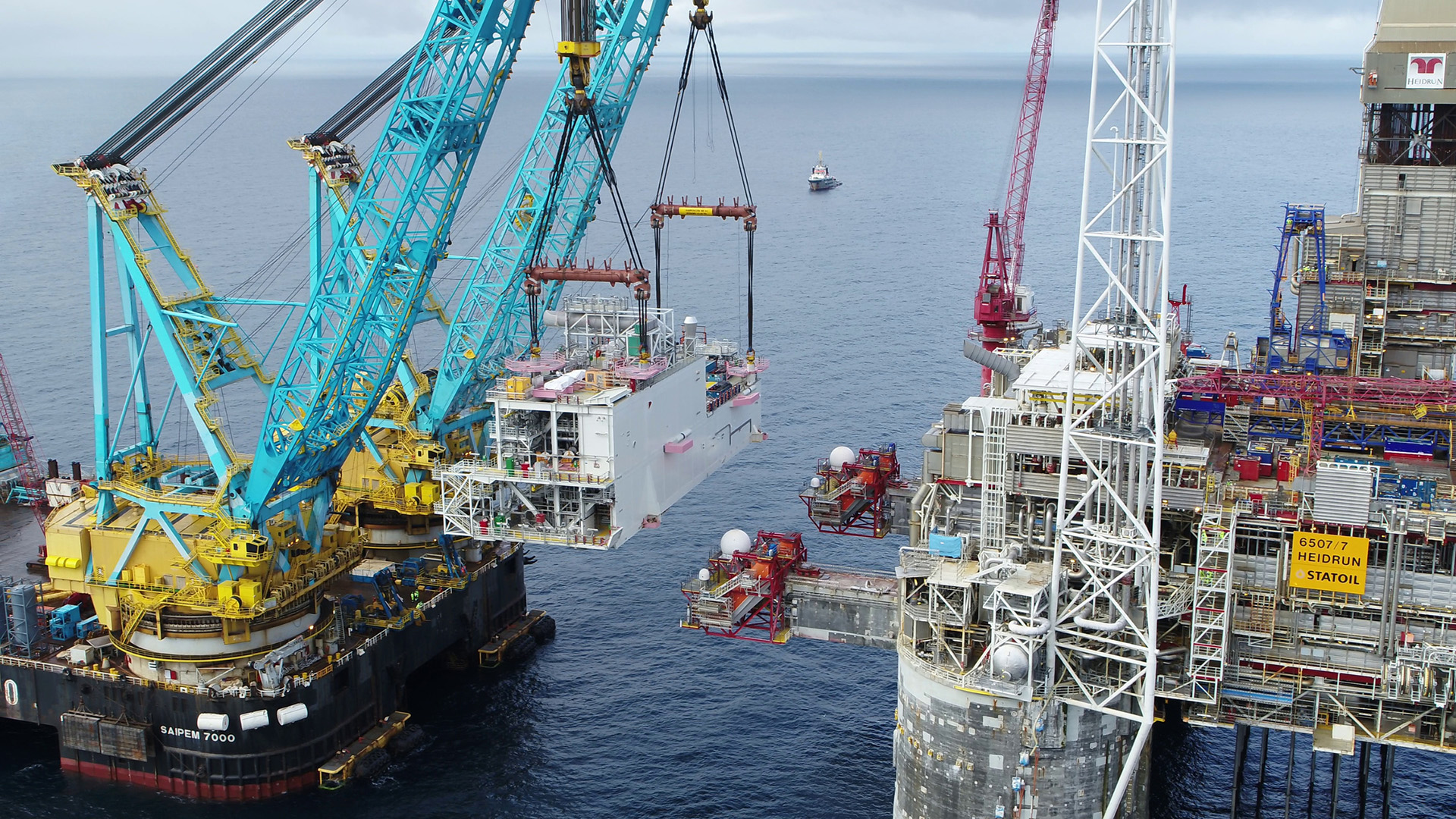Improved execution of development projects

3/13/2020 A review of 66 projects on the Norwegian continental shelf (NCS) in 2007-18 reveals that most have kept their cost within the estimates given in their plan for development and operation (PDO).
This emerges from the report on Project execution on the Norwegian continental shelf (pdf), which the Norwegian Petroleum Directorate presented on Friday 7 February.
“The big picture shows that the projects have progressed positively in terms of both cost control and planned execution,” says Niels Erik Hald, assistant director development and operations at the NPD.
“This emphasises the importance of the companies pursuing detailed early-phase work in projects. That said, it’s also important to go on working hard to improve the execution of new developments even further.”
The report compares costs, start-up time and reserve developments with the estimates made in the PDO. Just over 80 per cent of projects have ended up with their costs within or below the uncertainty range (plus/minus 20 per cent) in the estimates.
Subsea developments very often make good progress. Ninety per cent of these have been completed in accordance with or below the PDO forecast.
Experience indicates that platform developments are more challenging, and a number of these have experienced cost overruns.
The review nevertheless shows that over 70 per cent of them end up in line with their estimated cost.
Market developments since the oil price slump have also contributed to a positive trend because the availability of resources and capacity at suppliers was better than in earlier years.
On average, completed projects have taken about 3.5 months longer than planned. The average delay is greater for platform developments than for those based on subsea installations.
The last time the NPD conducted a similar survey was in 2013, under the title Vurdering av gjennomførte prosjekter (not available in English). That covered experience with and lessons learnt from five development projects.
Updated: 3/13/2020